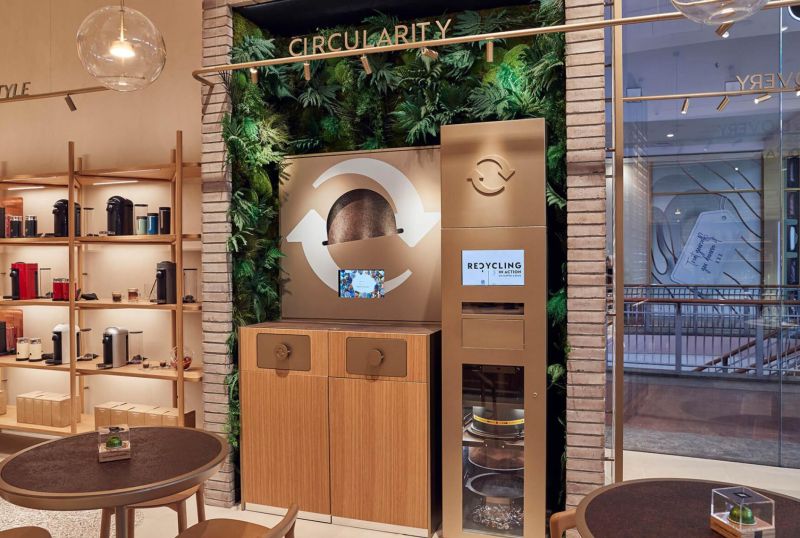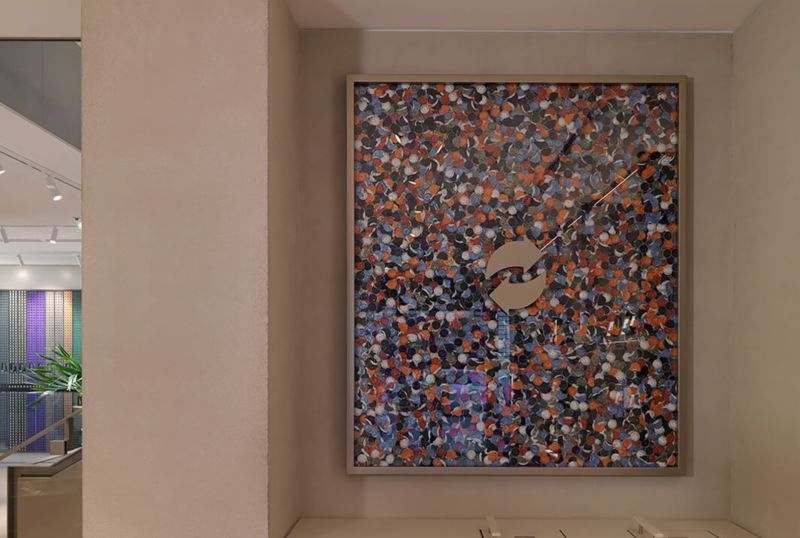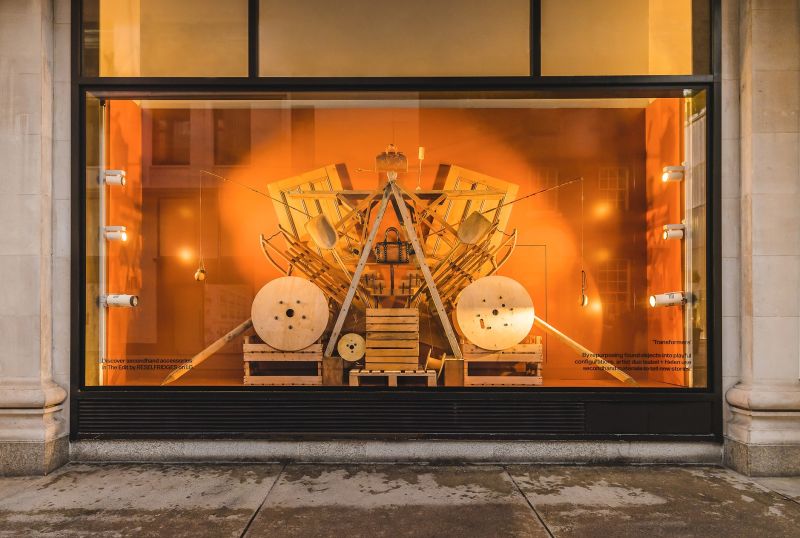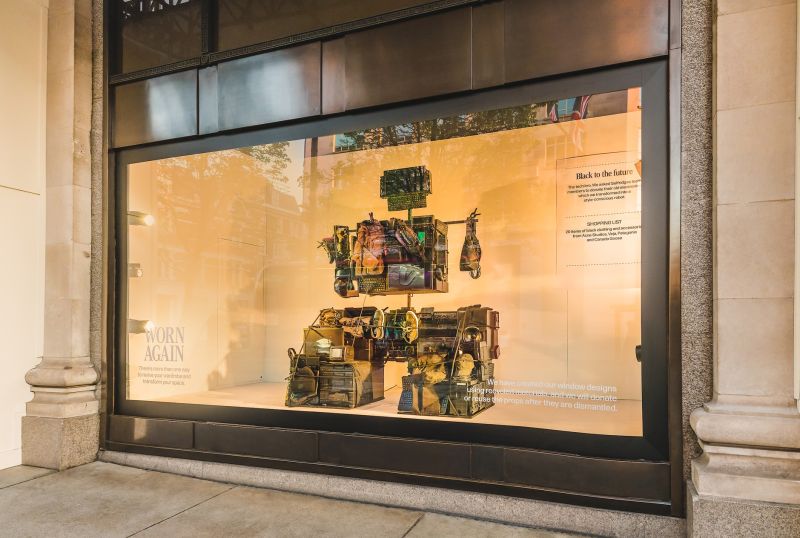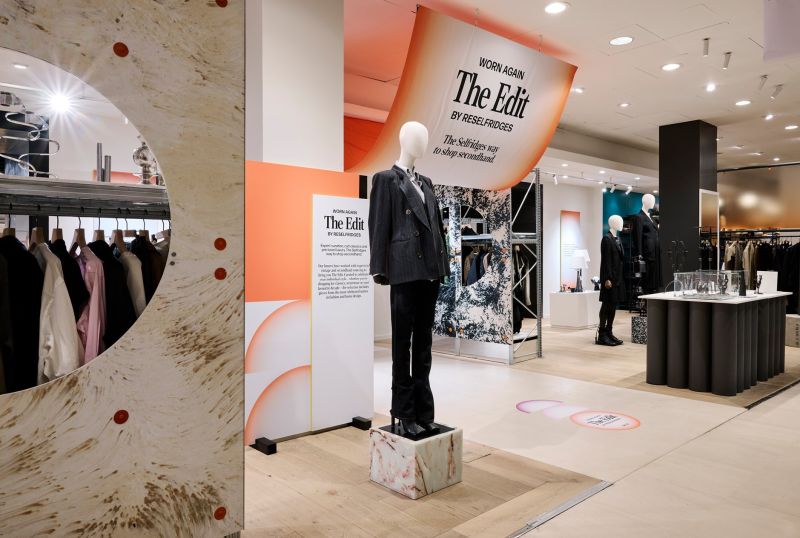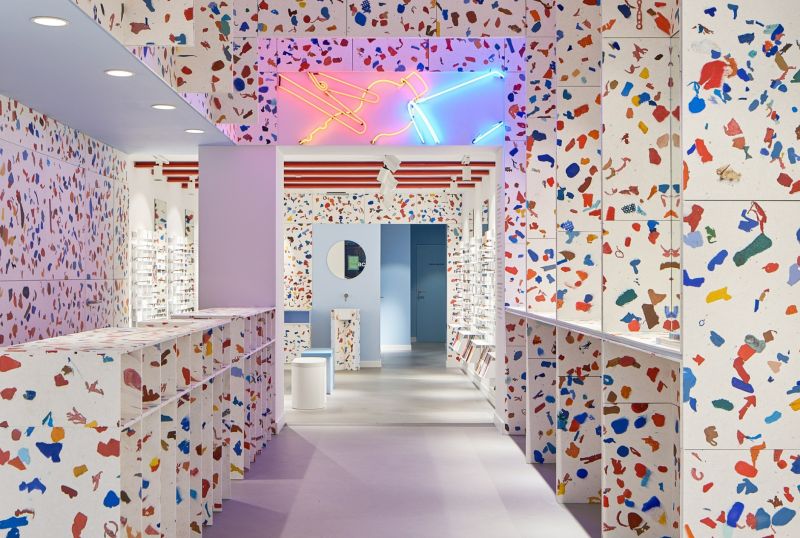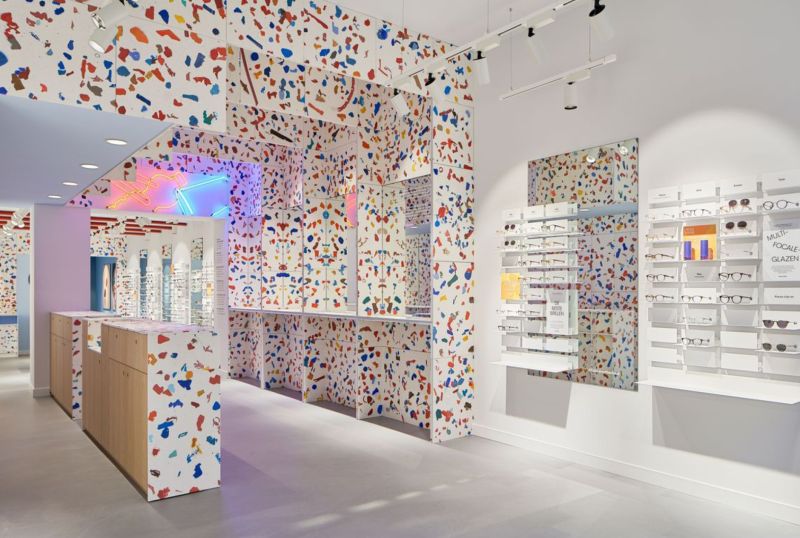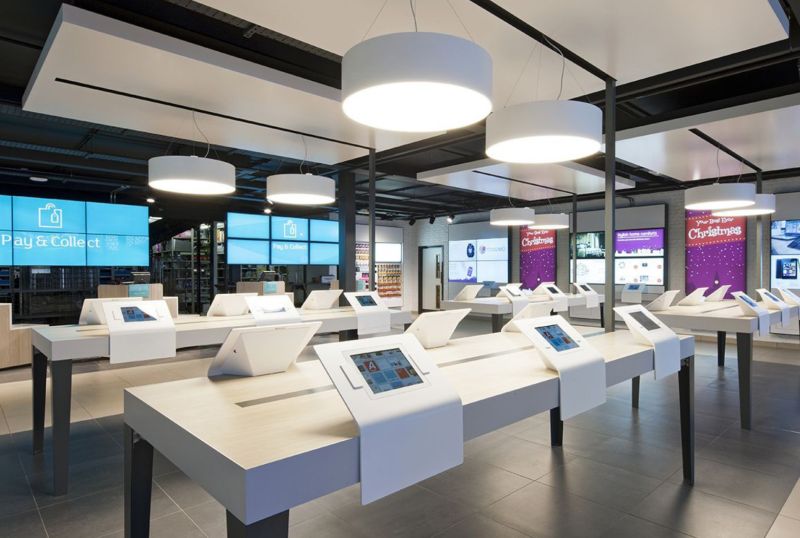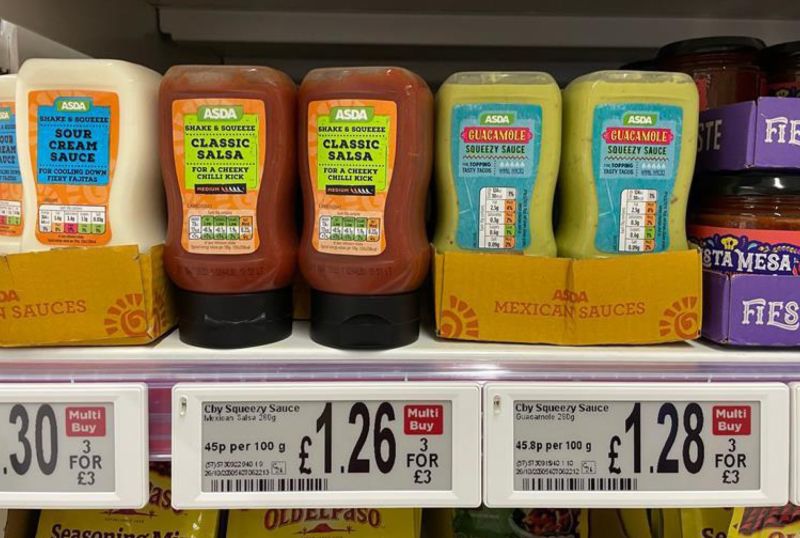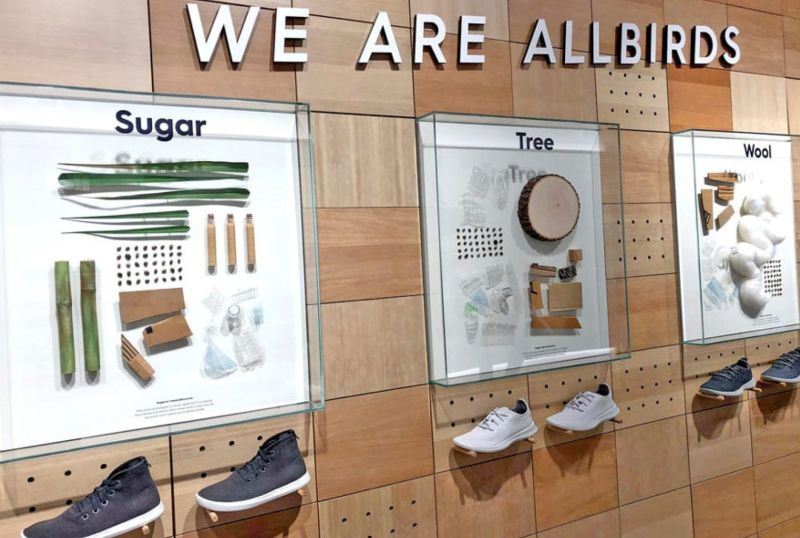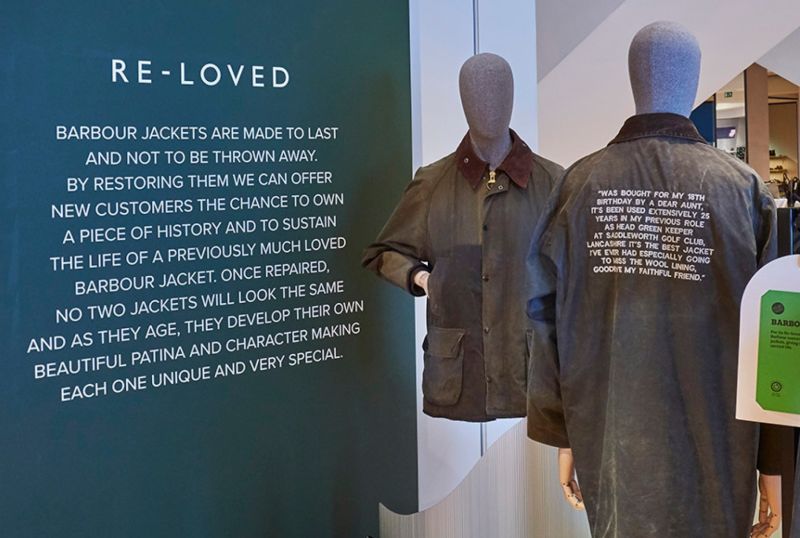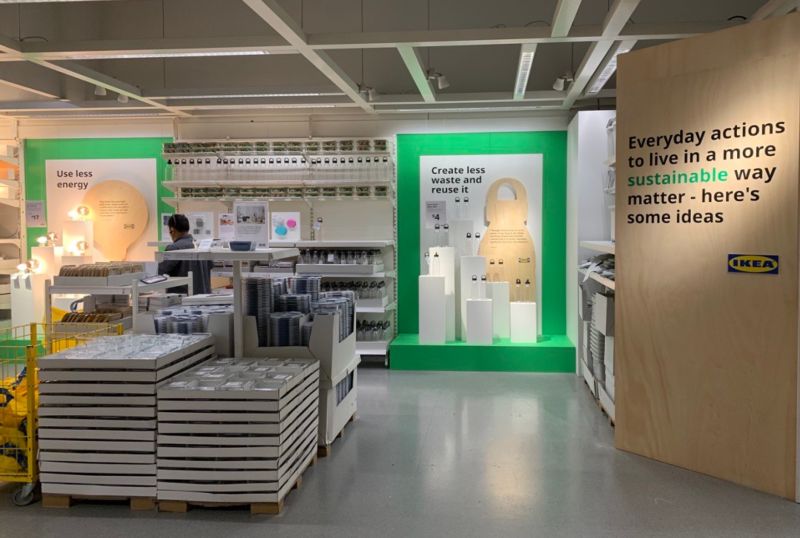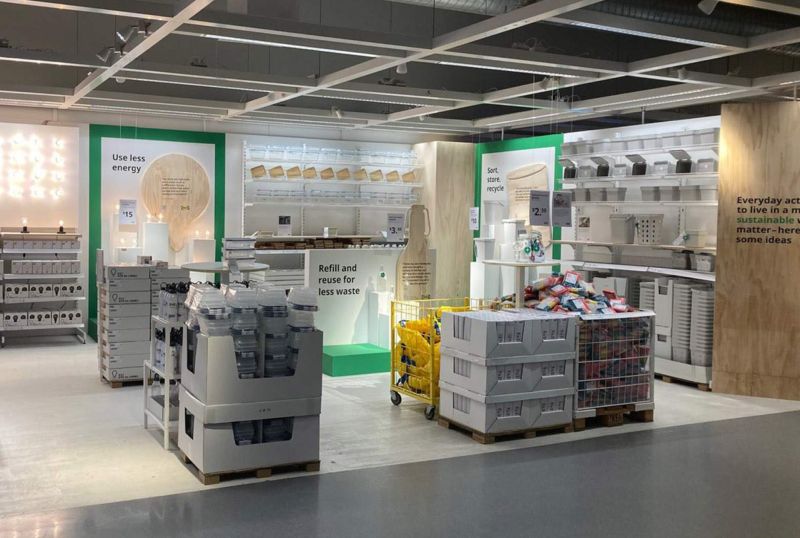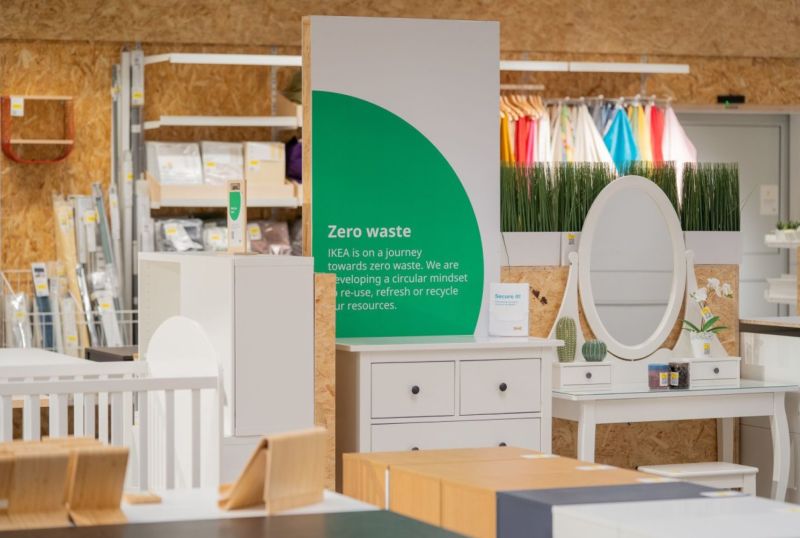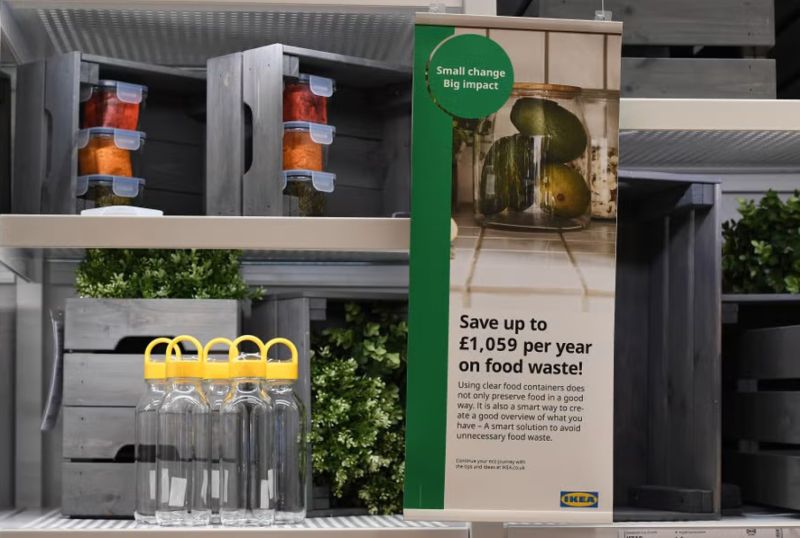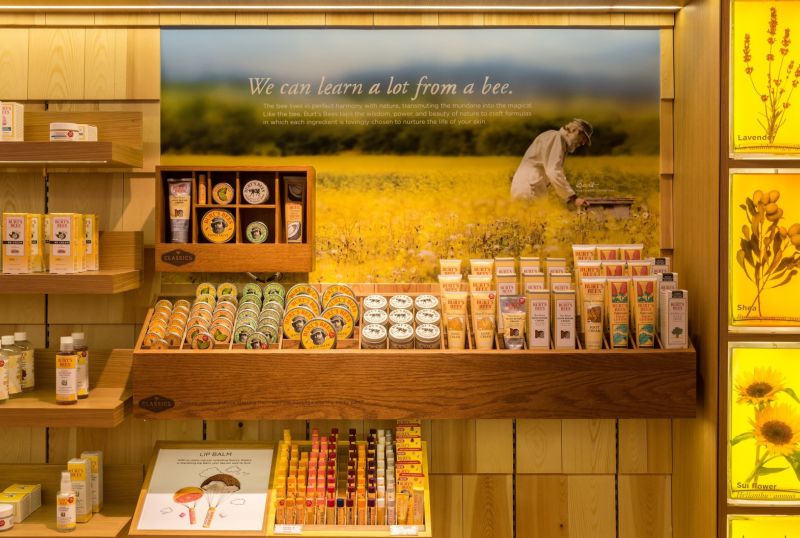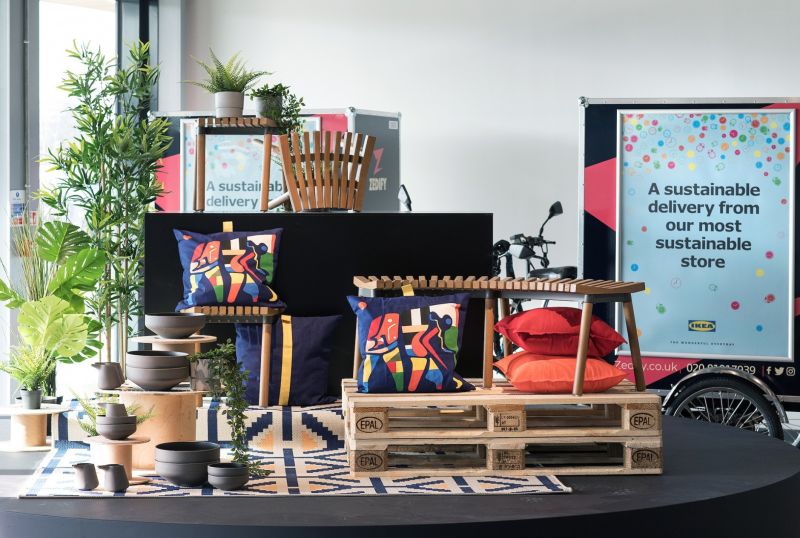Why having a sustainable strategy is important for physical retail.
In our article titled Why Virtue is the New Cool, we identified how consumer values are rapidly evolving. In this article, we consider the importance of having a clear and achievable sustainable strategy and why brands with a physical retail presence are uniquely placed to have a significant impact.
Today, there is a far greater demand from consumers for businesses and brands to support social causes and benefit society; and the expectation to be more sustainable is a fundamental component of this. Despite the cost of living and other pressures of our time, being sustainable is no longer a ‘nice to have,’ it must now be the foundation that every business builds upon.
What is sustainability?
Sustainability can be a difficult concept to define. Whilst it is commonly considered a conversation around the protection of the world’s natural resources, the discipline of sustainability is far broader. It applies to three core areas: environmental, economic and social sustainability. All three of these pillars must be invested in if we are to achieve 'peace and prosperity for people and the planet, now and into the future' UN 2030 Agenda for Sustainable Development.
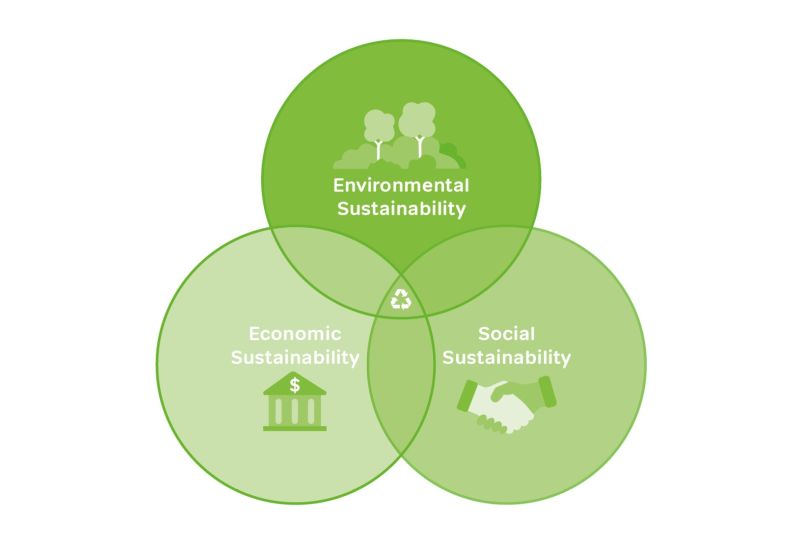
Alongside sustainability there is the term ‘Sustainable Development’. This refers to the pathway that leads to the goal of sustainability. Defined by the Brundtland Commission in 1987 as the practice of ‘development that meets the needs of the present without compromising the ability of future generations to meet their own needs’.
A collective responsibility: governments, people and also brands
It is in ‘Sustainable Development’ that governments and individuals are all ramping up their commitment. Progressive movements such as the United Nations 2030 initiative for Sustainable Development, the Paris Agreement on climate change, demand that governments and leaders enforce change. Events like COP have produced decisions reflecting both a collective desire for global action and increasingly polarisation of interests. So, policy is not enough on its own. Policy can only have impact if it is followed by action, and increasingly, it is society that must take responsibility, make changes and take action.
On a small-scale level, ‘action’ may be the individual who chooses to shower for less time in the morning, or the household that commits to recycling or using less energy. But large-scale impact can be seen when brands take responsibility and ownership of their own sustainable development. We see fashion brands like Chanel attaching themselves to financial agreements with built-in sustainability clauses. While LVMH executives have a proportion (around 10% in 2024) of their remuneration tied to the group’s CSR performance. Many businesses, like Vodafone and Ikea, are reviewing their supply chain assessment to build in a greater focus on sustainability, and manufacturers are setting ambitious goals in their approaches and material usage. Some companies like eyewear brand Ace & Tate and LEGO, understanding the challenges of setting an end goal, have revised either their timeline or now seek to become ‘more sustainable’ with singular targets, such as making all packaging sustainable by the end of 2025.

We’re already seeing significant progress, but for every brand doing great things, there are many that need to do more. No matter how big or small, whether it’s an individual or a large global brand, everyone has a role to play, and this, of course, includes brands with a physical retail channel.
The role of physical retail
Retail’s role in society is evolving. Retail is everywhere and engages with consumers through multiple channels and in many different ways.. So, like individuals, retail brands have a responsibility to act.
Consumers increasingly look to brands to educate and deliver cultural influence.. So, as we as individuals make changes, we expect the brands that we associate ourselves with to change as well. In the near future, the majority of consumers will only choose brands that demonstrate sustainable action.
Through their stores, physical retailers are in a powerful position to drive sustainable development. They not only have the opportunity to address their own impact, but are uniquely placed to have significant social impact on the general public as well. Through the face-to-face in-store experiences, brands have the ability to raise the awareness of a cause, educate people about the issues and inspire individuals to take action, in doing so, retailers can help close the ‘say-do’ gap – which according to BCG’s research, up to 80% of consumers say they are concerned about sustainability, while only 7% actually buy sustainable products.
Unfortunately, too many physical retail brands are missing this opportunity. There are retail brands whose sustainability policies are either not established enough, or not established at all. Then there are those that are making great progress in sustainable development (environmental, economic and social), but are not leveraging their physical stores to encourage social change. There are some brands that are using physical stores to talk about their sustainable policies, but are failing to communicate what ‘action’ they are taking. This risks coming across as sustainable signalling or greenwashing, resulting in eco-fatigue. No matter how well-intended, policy is not enough on its own. If the retail industry is to accept its place in society, it must take on the responsibility that comes with that.
To fully seize the opportunities available to them, physical retail brands need to go beyond simply telling sustainable stories. In some cases, sustainable storytelling can be good to raise awareness, but it is when brands use the physical store to involve both staff and customers in dynamic and engaging activities, that people begin to learn and become inspired to change their own habits.
Brands must engage everyone in-store with meaningful sustainable ‘action’; action that the brand has taken and also action that helps their staff and customers reduce their own impact. Enabling people to get involved in this way, motivating them to take sustainable action for themselves, demonstrates social impact. It also creates a different type of connection between customer and brand. No longer is the relationship transactional, but a partnership built upon shared goals and achievements. This is what builds greater brand affection and loyalty amongst consumers.
The potential reach of retail is extraordinary, and using the store as a tool to raise awareness, to educate and to inspire, retailers and brands have the ability to activate a movement throughout society. This is the power of the physical retail space. And it is every brand's responsibility to leverage its reach to have a positive impact on society.
How are retailers delivering sustainable development?
Whilst it is true that sustainable development of physical retail predominantly focuses on environmental impact, too many retailers believe that their sustainability story is solely about the store environment and the materials they use. Whilst material choice is important, brands and retailers must look at sustainability through a far wider lens. When they fully understand the far-reaching scope of sustainable development, the opportunity to take relevant and meaningful action becomes much broader and therefore, in some way, a little easier.
To help understand some of the many questions a brand must answer, below are five areas of consideration that demonstrate the breadth of sustainable development strategies in physical retail.
01.Store environment
Architectural finishes, store fixture design and materials should all be considered in a brand’s push to become more sustainable. The challenge is to translate this into a meaningful and authentic in-store story. A story that feels relevant to the brand and is able to involve the customer in such a way that it encourages change.
02. Property selection
Retailers must understand how far both their customers and employees need to travel to get to their stores and how easy this is for them. Is the store close to public transport links, or do they need to use private transport? The building typology also makes a difference. Does it already exist, or is it a new build? Is it in a mall, strip mall or high street? Do the landlords have a sustainable agenda? Does local government have plans for 15-minute cities? Once this is understood, retailers must define a plan to alleviate the associated impact.
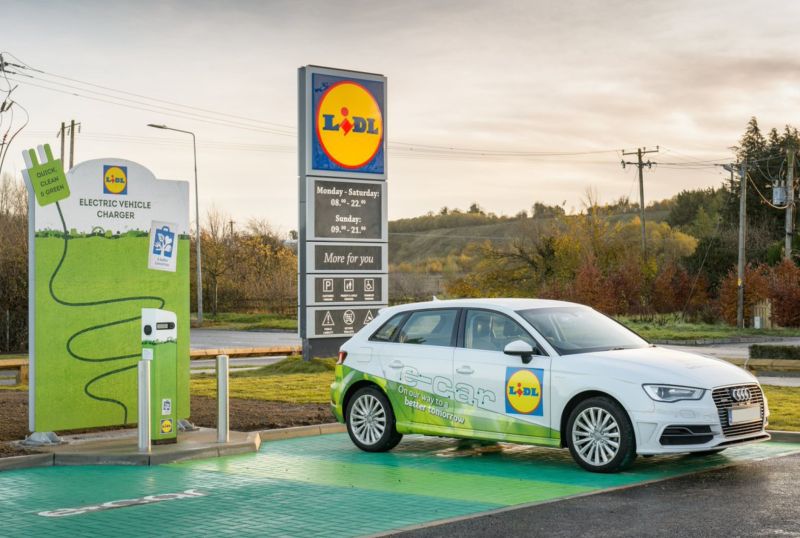
03. Store operations and facilities
If a brand is able to address big-ticket items such as supply chain, energy consumption, climate control, water usage (…the list goes on), the impact can be huge. But more minor adjustments are also important, even if it’s simply understanding how to reduce waste in-store.
04. Products and services
Brands can use their product assortment and in-store services as vehicles to demonstrate sustainable action. Are the products themselves sustainable? How are they packaged?
In-store services, like refill stations or offering customers repairs and refurbishments, can encourage people to change habits and live more sustainable lives.
05. Brand initiatives
Retail teams need to ‘mine’ their businesses for opportunities. The bigger organisations are often doing great things, but they’re missing the opportunity to leverage the retail channel to tell these sustainability stories and inspire customers.
Focus on the small and the big things
Wherever possible, retailers need to take company-wide, holistic action, introducing both small and big changes, and these must go beyond a review of materials.
This holistic approach is a challenge and can appear overwhelming. It demands investment of both time and money, and it requires the alignment of multiple stakeholders. Most importantly, it demands that an achievable sustainable strategy be put in place. The goal of sustainability will not be achieved with just a single big intervention. The focus must be on sustainable development for the long-term, which comes from the ongoing development of multiple initiatives, both big and small. Pre-defined check-in points along a brand’s journey enable them to monitor their development, identifying what they are doing well and where they need to improve. Brands should also be transparent about their progress and the goals that they are setting. The pathway to becoming more sustainable may be a big undertaking, but despite these challenges, retailers are already proving that it is possible and progress is being made.
Establishing a sustainable strategy needs to be a core focus of every retail business now. These strategies cannot simply be sustainable announcements; they must be authentic and lead to meaningful action. Physical retail stores must be leveraged to raise awareness, educate and inspire customers and staff to make changes and adjust their own habits.
Having a sustainable strategy is important to retailers, not just because they have a responsibility to manage their own environmental and economic impact, but they are uniquely positioned to have a social impact, influencing customers and encouraging global change.
For a more in-depth view into some tactical sustainable solutions that brands around the world are integrating into their physical stores, take a look at our insight article 10 Tactical Ways Physical Retailers can Deliver Sustainable Development.
Next Steps...
Need help in identifying sustainability opportunities across your retail estate for the short, medium and long term?
Please feel free to reach out to us here and we can discuss in more detail.
If you would like to get a copy of the sources that supported the creation of this article please get in touch.




